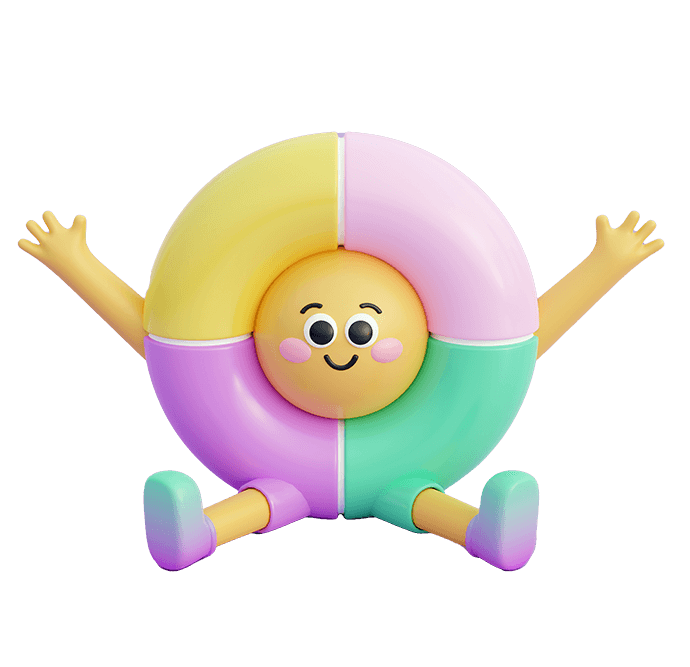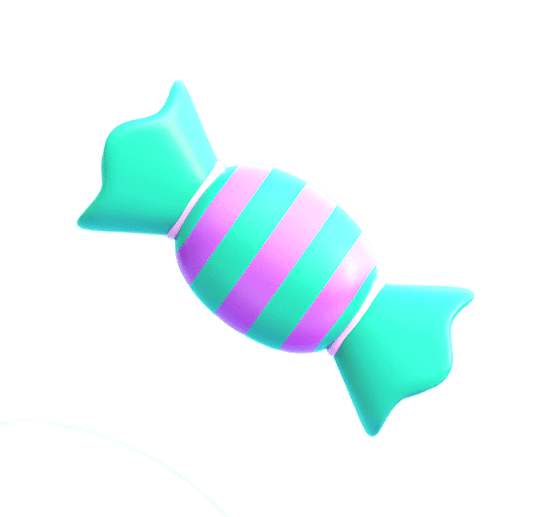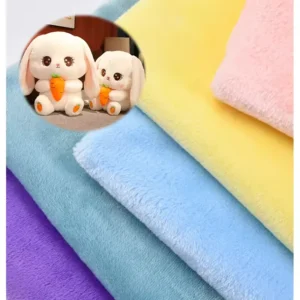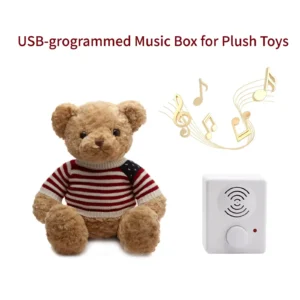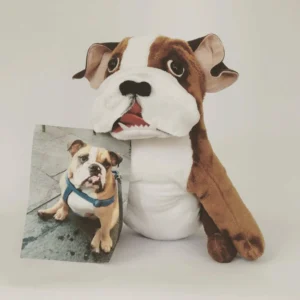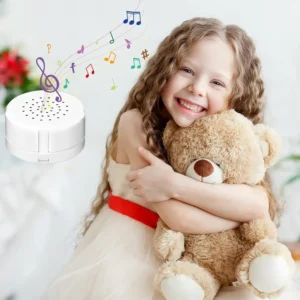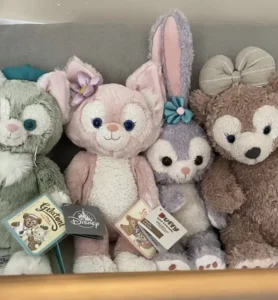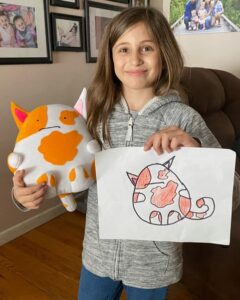Stuffed animals aren’t just toys—they’re comfort objects, nostalgic treasures, and even pieces of home decor. But over time, managing a growing collection of plush toys can become a challenge, especially when you don’t know how to store them properly. Proper storage is essential not only for keeping your stuffed animals clean and organized but also for maintaining their shape, softness, and longevity.
Storing stuffed animals properly is crucial to preserving their condition. Use breathable containers, keep them away from sunlight and moisture, and regularly clean them before storage to ensure they last for years. We’ll show you how to do this step by step.
In this detailed guide, we’ll walk you through the best ways to store your stuffed animals to keep them clean, safe, and looking great. Whether you’re an avid collector or just want to store some old favorites, we’ve got you covered!
1. What Are the Best Ways to Store Stuffed Animals?
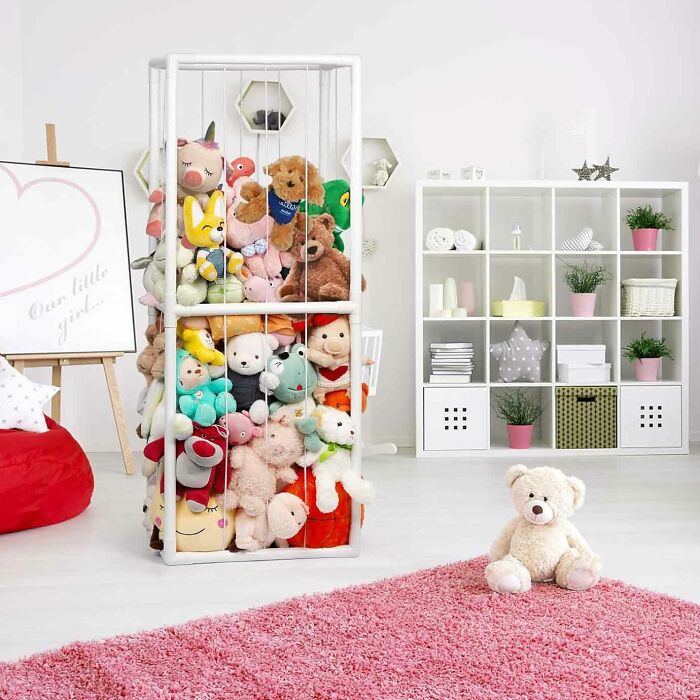
When it comes to storing stuffed animals, there are multiple ways to do it. Whether you’re looking to display them or keep them tucked away for a while, finding the right storage solution is key to preserving their shape and condition.
The best ways to store stuffed animals include using bins, shelves, or hanging organizers. The method you choose depends on whether you want them to be displayed, protected, or stored out of sight.
Hanging Storage:
If you have a lot of stuffed animals and want to save space, hanging them is a great option. You can use over-the-door organizers, hooks, or dedicated stuffed animal hangers. This method allows you to display your collection while keeping them neat and easily accessible. It’s an ideal solution for people with limited shelf space or those who like to show off their stuffed animals.
Plastic Storage Bins:
For long-term storage or to keep your collection safe from dust, plastic bins are a solid choice. Clear plastic bins are great because you can see what’s inside without having to open them. They also protect your stuffed animals from dust and dirt. For organization, you can label bins by categories (e.g., “bears,” “characters,” “vintage”). These bins are stackable, so you can store multiple toys in an orderly fashion.
Shelving Units:
If you want to display your stuffed animals in an organized way, a shelving unit is a stylish and functional option. You can arrange your plush toys by size, color, or theme. This method works well for showcasing your collection while keeping it organized and protected from dust. For a more organized look, make sure there is enough space between each toy so they don’t get squished.
| Storage Method | Key Features & Advantages | Best For |
|---|---|---|
| Hanging Storage | Saves floor space; keeps toys easily accessible; ideal for displays. | Small rooms, displaying collections, maximizing vertical space. |
| Plastic Storage Bins | Protects from dust and dirt; easy to label and stack; see-through options available. | Long-term storage, keeping toys clean and organized. |
| Shelving Units | Stylish display; organizes by size, color, or theme; easy access. | Showcasing collections neatly in bedrooms, playrooms, or offices. |
2. How to Store Stuffed Animals to Keep Them Clean and Safe?
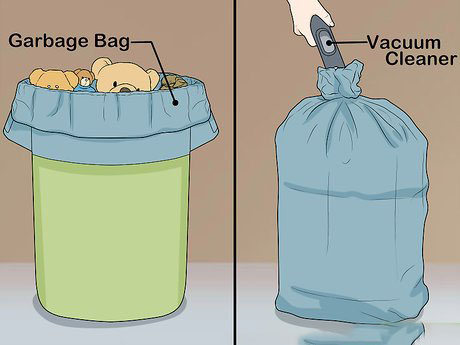
Stuffed animals are susceptible to dust, dirt, and moisture. Proper storage ensures they stay clean and safe from potential damage, which is particularly important if you’re storing them long-term.
Store your stuffed animals in a dust-free environment, away from sunlight, and in containers that allow for airflow. This helps prevent them from getting dirty, losing their shape, or fading over time.
Keep Them Away from Sunlight:
Sunlight can cause colors to fade, especially for bright and dark-colored stuffed animals. To protect them, store your toys in areas where they are shielded from direct sunlight. If you store them on a shelf, consider keeping them behind a curtain or placing them in a shaded area. This will keep them vibrant for years to come.
Breathable Storage:
While plastic bins offer excellent protection from dust and moisture, they can trap air and cause condensation. For best results, opt for breathable fabric storage bags or bins with ventilation holes. This allows for air circulation while protecting your stuffed animals from moisture, which can lead to mold or mildew.
Avoid Storing in Damp Areas:
Avoid storing your stuffed animals in basements or attics where moisture is common. Moisture can cause fabrics to deteriorate, and over time, your stuffed animals can develop mildew. Choose a cool, dry room for storage, and make sure the area is well-ventilated.
| Storage Tip | Key Actions & Considerations | Purpose / Benefit |
|---|---|---|
| Keep Away from Sunlight | Store stuffed animals out of direct sunlight or behind curtains. | Prevents color fading and fabric deterioration over time. |
| Use Breathable Storage | Choose fabric bags or ventilated bins to allow air circulation. | Reduces risk of condensation, mold, and mildew buildup. |
| Avoid Damp Areas | Store in cool, dry, well-ventilated rooms—avoid basements and attics. | Protects against moisture damage, mildew, and fabric decay. |
3. Which Containers Are Best for Storing Stuffed Animals?
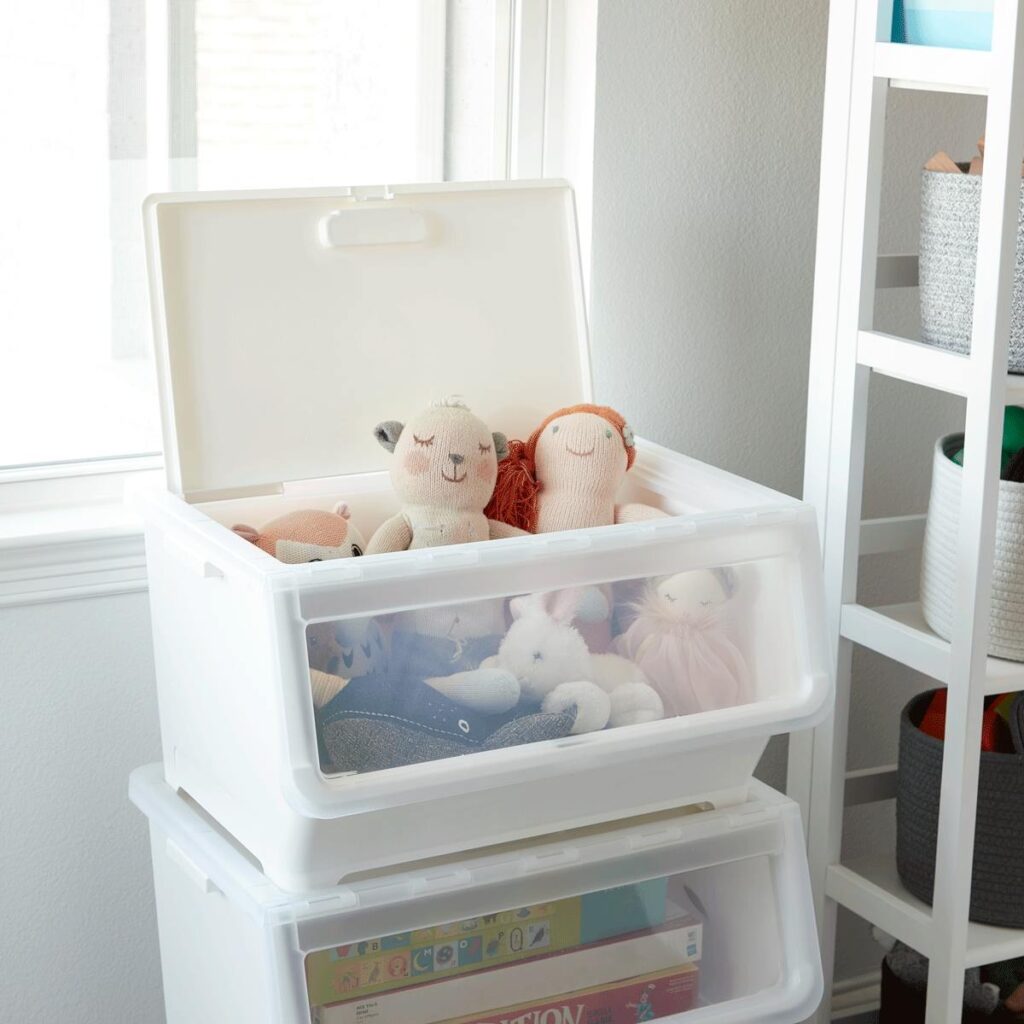
Choosing the right container to store your stuffed animals is key to maintaining their condition. The right storage container will protect them from dust, moisture, and potential damage while keeping them organized.
Plastic bins, fabric bags, and clear containers are ideal for storing stuffed animals. Each option has its pros and cons, so selecting the best one depends on your needs.
| Container Type | Pros | Cons |
|---|---|---|
| Plastic Bins | Waterproof, stackable, durable | Can trap moisture if sealed too tightly |
| Fabric Bags | Lightweight, breathable, easy to store | Not as durable or protective against dust |
| Clear Storage Containers | Visibility of items, dust-proof | Can be bulky and take up space |
| Hanging Organizers | Space-saving, easy to access | Not suitable for large collections or delicate items |
Plastic Bins:
Plastic bins are great for long-term storage and protecting stuffed animals from dust, dirt, and moisture. They are sturdy and can be stacked, which helps save space. However, be sure to avoid sealing them too tightly, as this can trap moisture inside, which could lead to mold.
Fabric Bags:
Fabric bags are a lightweight and breathable option for short-term storage. They provide ventilation, which helps prevent any buildup of moisture. While fabric bags are ideal for keeping dust off your stuffed animals, they aren’t as protective as plastic bins against larger messes or moisture.
Clear Storage Containers:
Clear storage containers provide the benefit of visibility, making it easy to see your collection without opening each container. These bins can be a great way to store and display stuffed animals, but they tend to take up more space compared to other options.
4. How to Prevent Stuffed Animals from Losing Their Shape During Storage?
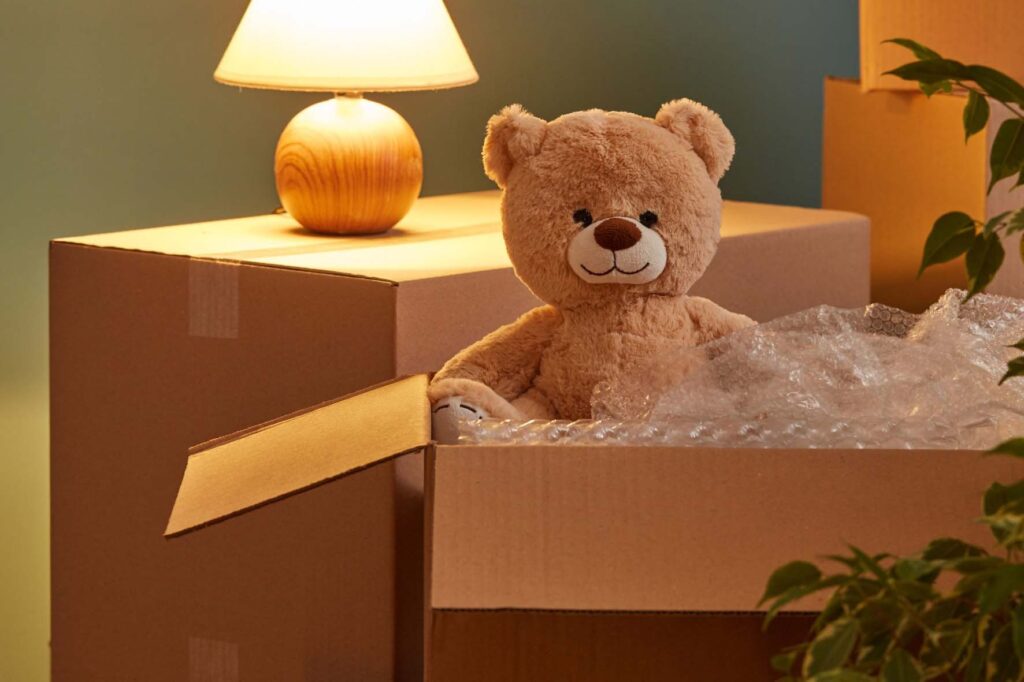
One of the most important things to consider when storing stuffed animals is to maintain their shape. Without proper care, the stuffing can become compressed, or the animal might lose its form.
Use stuffing, cap cages, or store stuffed animals upright to prevent them from losing their shape. These simple solutions ensure that your stuffed toys remain full and firm.
Use Tissue Paper or Stuffing:
If you’re storing larger stuffed animals or toys that have lost their shape, try stuffing them with tissue paper, fabric, or even a pillowcase. This will help the toy retain its fullness and keep it looking fresh.
Cap Cages for Hats:
For stuffed animals with hats or delicate accessories, you can use cap cages to preserve the shape of both the toy and the hat. These cages are particularly useful for teddy bears or characters with hats that are prone to flattening.
Store Upright:
For smaller stuffed animals, storing them upright on a shelf or in a container prevents them from being squished. Make sure each stuffed animal has enough room around it to maintain its shape.
| Method | Key Actions & Considerations | Purpose / Benefit |
|---|---|---|
| Use Tissue Paper or Stuffing | Fill larger toys with tissue paper, fabric, or pillowcases before storage. | Helps maintain fullness and prevents sagging or flattening. |
| Use Cap Cages for Hats | Place delicate-hatted stuffed animals in cap cages. | Preserves the shape of hats and fragile accessories. |
| Store Upright | Arrange smaller toys standing up with enough space between them. | Prevents squishing and maintains original toy shapes. |
5. Are There Special Storage Tips for Large or Vintage Stuffed Animals?

Large or vintage stuffed animals require a bit more attention due to their size or delicate materials. Storing them properly is essential to keeping them in good condition.
Large and vintage stuffed animals should be stored upright or in a way that supports their form. Vintage toys, in particular, need extra care to protect them from deterioration.
Large Stuffed Animals:
Large stuffed animals need extra space to avoid being crushed. If the toy is too large for standard bins or shelves, consider using a dedicated storage space such as a wardrobe or oversized bin. To preserve its shape, you can stuff the toy with tissue paper or fabric.
Vintage Stuffed Animals:
Vintage stuffed animals are often made of delicate fabrics and may have sentimental or collectible value. Store these toys in breathable bags or clear storage boxes that protect them from dust and light. Keep them in a dry, cool room to avoid damage from humidity, and never store them in places with direct sunlight.
| Type of Stuffed Animal | Storage Tips | Purpose / Benefit |
|---|---|---|
| Large Stuffed Animals | Store upright in spacious areas (wardrobe, oversized bin); stuff with tissue paper if needed. | Prevents crushing and maintains shape over time. |
| Vintage Stuffed Animals | Use breathable bags or clear boxes; store in cool, dry, shaded rooms. | Protects delicate fabrics from dust, humidity, and light damage. |
6. How to Organize Stuffed Animals for Easy Access?
Keeping your stuffed animals organized not only makes them easier to access but also ensures they stay in good condition. Here’s how you can organize your plush collection effectively.
Organize your stuffed animals by size, type, or usage frequency. This ensures your collection stays neat and makes it easy to find the right toy when needed.
Group by Size and Type:
You can group your stuffed animals by size, character type, or theme (e.g., “bears,” “superheroes,” “vintage”). This makes it easier to find exactly what you’re looking for. Consider labeling bins or shelves to keep things organized.
Use a Rotation System:
For larger collections, a rotation system works well. Keep your most frequently used or seasonal stuffed animals in easy-to-reach spots and store the rest in bins or bags. This keeps your collection neat and ensures the toys aren’t overcrowded.
Shelving and Display:
For a more decorative approach, use open shelving to display your stuffed animals. Organize them by size or theme, and make sure there is enough space around each one to prevent squishing. This method works especially well for showcasing your collection while keeping it accessible.
7. How Often Should You Clean Stuffed Animals Before Storing Them?
Before storing your stuffed animals for the long term, it’s important to clean them to ensure they stay fresh and free from dirt or odors.
Clean your stuffed animals before storing them to ensure they stay fresh. Regular spot cleaning and occasional washes will help preserve their appearance and keep them free of dust and allergens.
Spot Cleaning:
For minor dirt or stains, spot clean your stuffed animals using a damp cloth with mild detergent. This is a quick and easy way to remove dirt without needing a full wash.
Full Wash for Heavy Dirt:
If your stuffed animals are heavily soiled, consider washing them fully. Always follow the manufacturer’s instructions for washing and use a gentle detergent to prevent any damage. Make sure to let them air dry completely before storing.
Fabric Fresheners:
To keep your stuffed animals smelling fresh, you can use fabric fresheners or cedar chips inside their storage containers. Just ensure the freshener is safe for the fabric and won’t cause any damage.
| Cleaning Step | Key Actions & Considerations | Purpose / Benefit |
|---|---|---|
| Spot Cleaning | Use a damp cloth with mild detergent to clean minor dirt or stains. | Maintains cleanliness without the need for frequent full washes. |
| Full Wash for Heavy Dirt | Wash heavily soiled toys gently following manufacturer instructions; air dry fully. | Removes deep-seated dirt and allergens before long-term storage. |
| Use Fabric Fresheners | Place safe fresheners or cedar chips in storage containers. | Keeps stored stuffed animals smelling fresh and pleasant. |
Conclusion
Storing your stuffed animals properly is essential to keeping them in top condition, whether they are beloved childhood toys or cherished collectibles. By using the right containers, maintaining good organization, and protecting them from dust, moisture, and sunlight, you can ensure that your stuffed animals stay clean, fresh, and ready to enjoy for years to come.
If you’re looking for high-quality, customizable stuffed animals for your business or collection, contact Kinwin for a quote. We specialize in creating durable, eco-friendly plush toys designed to last.

